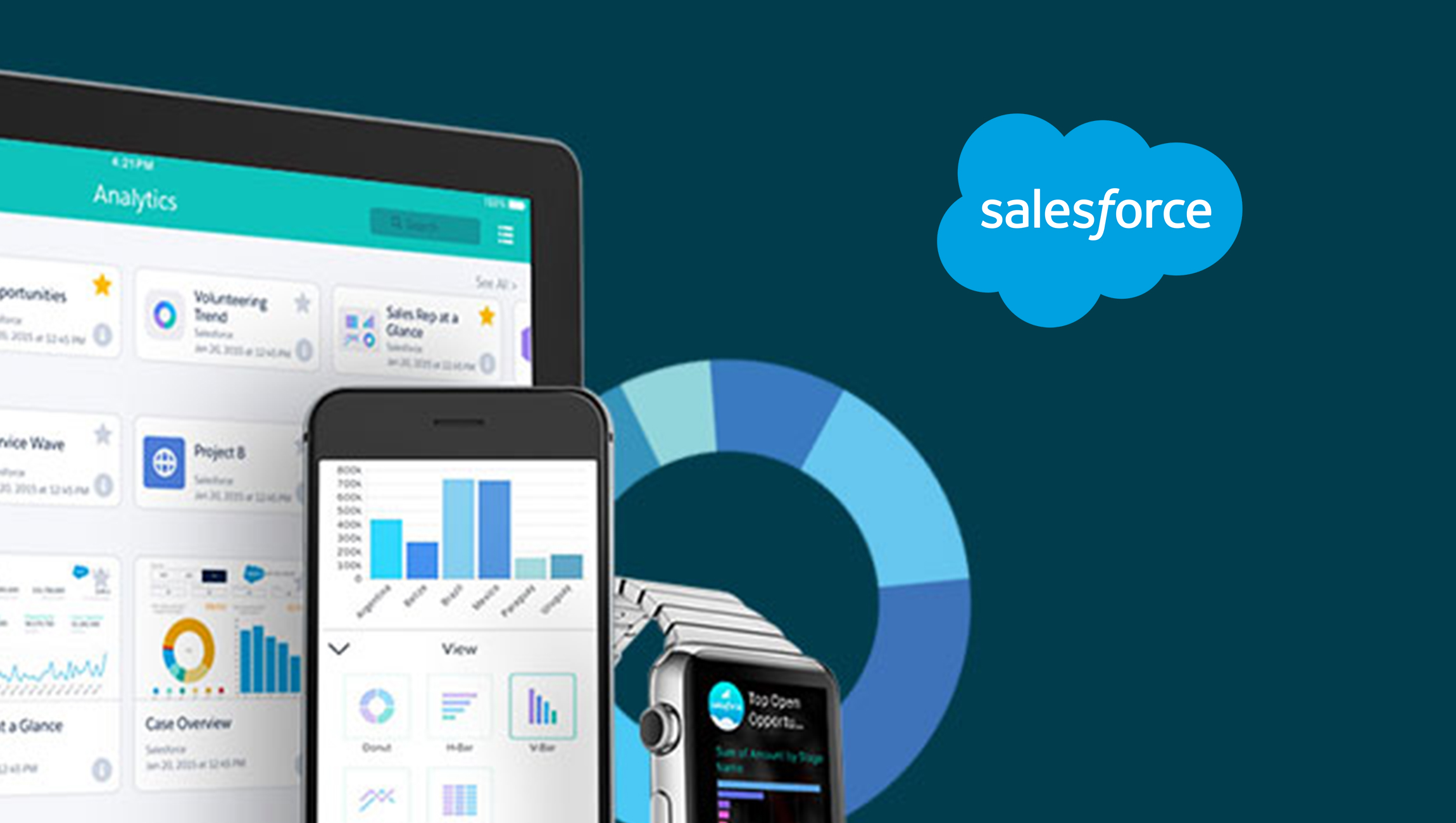 Mobile apps are turning out to be more popular among users than websites. In 2016, usage of mobile apps exceeded the usage of desktop and mobile web combined. Technically speaking, mobile apps are completely different than websites, but unfortunately, many mobile apps are still using the same content delivery infrastructure that was designed for websites over 30 years ago, thereby diminishing the user experience.
Mobile apps are turning out to be more popular among users than websites. In 2016, usage of mobile apps exceeded the usage of desktop and mobile web combined. Technically speaking, mobile apps are completely different than websites, but unfortunately, many mobile apps are still using the same content delivery infrastructure that was designed for websites over 30 years ago, thereby diminishing the user experience.
Traditional Web CDNs mostly focus on the first mile (the distance between the origin server and closest CDN server) and the middle mile (the distance between the two CDN edge servers), but they ignore the last mobile mile (the distance between the user and the edge server).
Also Read: PacketZoom Raises $5 Million to Scale Its Mobile Networking Platform
Back in the day, the “middle mile” was considered the slowest (with high latency between servers), but over the past decade and thanks to major infrastructure improvements, this is no longer the case. The major rise in mobile usage shifted latency to the last mobile mile, and in many geographies, we measure an average latency of over 100 milliseconds. The challenge of content acceleration over mobile networks has become the most significant one for mobile apps.
A true mobile CDN solution should address the unique mobile content delivery challenges with a focus on the last mobile mile. It should also take advantage of the unique characteristics of mobile apps, such as app session, unique session ID and the ability to choose the underlying transport protocol.
Also Read: PacketZoom Launches Mobile IQ for Real-Time, Free-Forever Mobile Performance Analytics
PacketZoom Mobile Expresslane is an example of a last mile mobile app acceleration solution that removes mobile network related bottlenecks.
Amazon CloudFront and PacketZoom: the perfect bundle for mobile app acceleration
PacketZoom Mobile Expresslane is architected around AWS and perfectly pairs with Amazon Web CDN – CloudFront. While the two services operate independently, they reside in the same data centers so that the intracloud latency penalty is muted.
The benefits of a UDP-based protocol for efficient and reliable last mile delivery, combined with the simplicity and efficiency of CloudFront’s first and middle mile solution, leverages the complete set of technologies for optimal delivery:
Also Read: PacketZoom Ranks The Speed of Leading News Apps In Its Latest Performance Index
Faster downloads (images, game bundles, videos)
The combined solution offers maximum download speed through (1) fast access to static content that is cached in CloudFront servers and (2) delivery to the end user with the minimum number of round trips to the server, thanks to the PacketZoom proprietary protocol.
More responsive APIs and dynamic content delivery
CloudFront’s high availability combined with last mile session assurance from PacketZoom ensures high availability of API calls and dynamic content delivery. PacketZoom protocol is able to recover from network disconnect without the need to restart the session — this saves the need to restart connections and sessions, getting the content delivered more efficiently.
Also Read: PacketZoom Unveils Retail App Performance Index for Better Customer Engagement
Cost benefits to mobile app publishers
Surprisingly, thanks to PacketZoom’s volume discount, the cost of the combined solutions is not only lower than the total of the two services bought separately but actually lower than the cost of the Amazon CloudFront solution itself.
Recommended Read: Consumers Expect Mobile Apps to Launch in Three Seconds or Less, says PacketZoom











